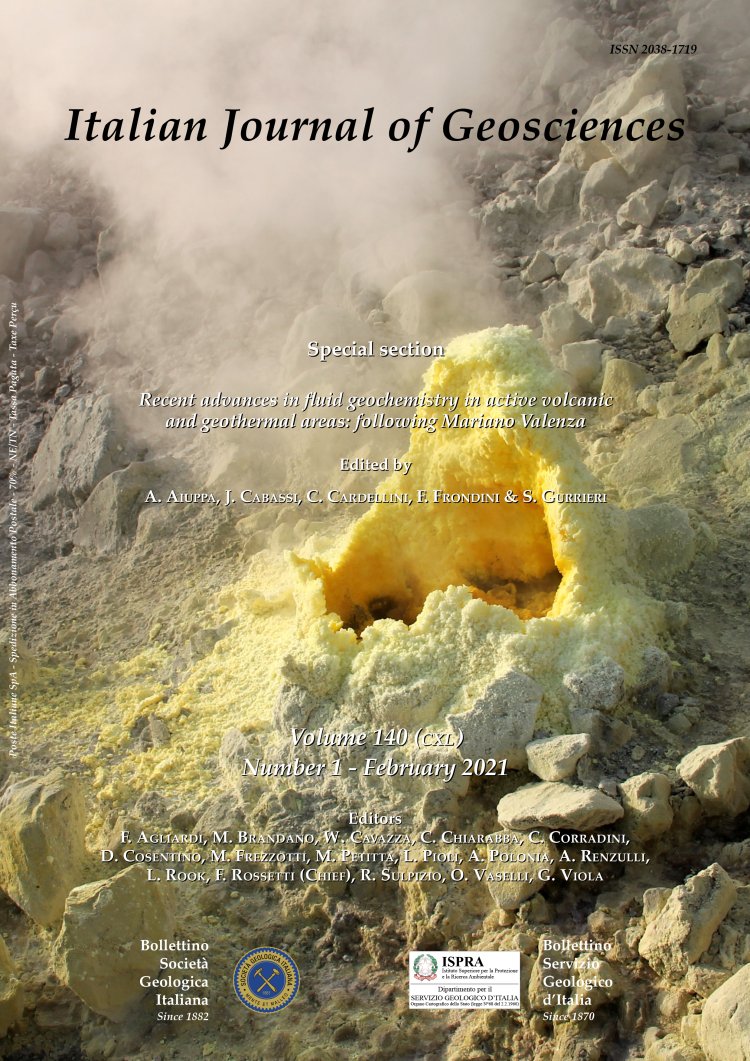
Mineralogical and petrographic study of building materials from the Argentario coastal towers (Tuscany, Italy): anthropic evidence of the ancient landscape
Emma Cantisani (1), Fabio Fratini (1), Silvia Vettori (1), Elena Pecchioni (2,1), Laura Chelazzi (3) & Andrea Arrighetti (4)
(1) Institute of Heritage Science, National Research Council, via Madonna del Piano 10, 50019 Sesto Fiorentino (FI), Italy.
(2) Department of Earth Sciences - University of Florence, via G. La Pira, 4 - 50121 Firenze, Italy.
(3) CRIST, University of Florence, via della Lastruccia 3, 50019 Sesto Fiorentino (FI) - Florence, Italy.
(4) Department of Historical Sciences and Cultural Heritage - University of Siena, via Roma, 56 - Siena, Italy.
Corresponding author e-mail: emma.cantisani@cnr.it
Volume: 140 (2021) f.1
Pages: 155-166
Abstract
The coastal sight towers and the defensive fortresses were in the past distinctive elements of the coastal landscape. They were distributed in particular along the northern coast of the Mediterranean and were built for sighting purposes from the XVIth century against the raids of barbarian pirates who had their bases in the Maghreb coast.
A mineralogical and petrographic characterization of the stone materials and mortars of two coastal towers (i.e. Capodomo and Calamoresca) in ruins of Monte Argentario is shown in the present paper. It was found that local lithotypes (e.g. Calcare Cavernoso, calcitic grey marble, dark grey dolostones) were used as building stones and for production of mortars. A detailed study on mortars was conducted by means of high quality polycrystalline X-ray diffraction, optical and electron microscopy. The analysis reveals the presence of Ca and Mg lime-based mortars in the ruins of Capodomo tower, whereas only Ca lime-based mortars were identified in Calamoresca tower.
Reaching the towers walking along the paths allows us to know a good part of the lithologies present in the promontory due to the emerging sites in the local morphology; emersion was produced, both because particular lithologies are resistant to the erosion and also because of particular structural or tectonic elements.
Keywords
coastal towers, Monte Argentario, building materials, X-ray diffraction, optical and electron microscopy, Mg lime-based mortar.
Get Full Text